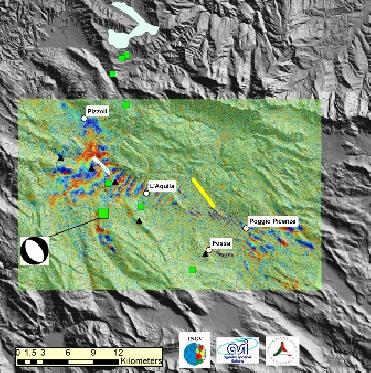
COSMO-SkyMed interferogram using data from 19 February 2009 and 9 April 2009. The large green square represents the Mw 6.3 main shock, smaller green squares represent the Mw > 5 aftershocks, the yellow line marks the observed co-seismic surface breaks and the black triangles represent GPS stations used for SAR validation. Photo Credits: INGV, ASI (Italian Space Agency)
PARIS (BNS): Studying satellite radar data from ESA�s Envisat and the Italian Space Agency�s COSMO-SkyMed, scientists have begun analysing the movement of Earth during and after the 6.3 earthquake that shook the medieval town of L�Aquila in central Italy on April 6, 2009.
Scientists from Italy�s Istituto per il Rilevamento Elettromagnetico dell� Ambiente (IREA-CNR) and the Istituto Nazionale di Geofisica e Vulcanologia (INGV) are studying Synthetic Aperture Radar (SAR) data from these satellites to map surface deformations after the quake and numerous aftershocks that have followed.
According to ESA, the scientists are using a technique known as SAR Interferometry (InSAR), a sophisticated version of 'spot the difference'.
InSAR involves combining two or more radar images of the same ground location in such a way that very precise measurements � down to a scale of a few millimetres � can be made of any ground motion taking place between image acquisitions.
The InSAR technique merges data acquired before and after the earthquake to generate 'interferogram' images that appear as rainbow-coloured interference patterns. A complete set of coloured bands, called �fringes�, represents ground movement relative to the spacecraft of half a wavelength, which is 2.8 cm in the case of Envisat's ASAR.
The first Envisat data, acquired six days after the quake, were made immediately available to the scientists.
�We produced an interferogram just a few hours after the Envisat acquisition by combining these data with data acquired before the earthquake on 1 February. We were pleased that we were able to immediately see the pattern of the earthquake,� said Riccardo Lanari of IREA-CNR in Naples, Italy.
The Envisat interferogram, as explained by Stefano Salvi from INGV�s Earthquake Remote Sensing Group, shows nine fringes surrounding a maximum displacement area located midway between L�Aquila and Fossa, where the ground moved as much as 25 cm (along a line between the satellite�s orbital position and the earthquake area).
�By using available 3D ground displacements from five GPS location sites around the affected area, we were able to confirm the preliminary results obtained with Envisat data,� Salvi said.
The COSMO-SkyMed constellation, which is currently made up of three satellites, provides frequent data. This means new interferograms can be calculated every few days.
The COSMO-SkyMed data together with the Envisat data and possibly SAR data from other satellites will ensure a dense sampling of the ground deformation around the L�Aquila area in the next months, which could make this earthquake one of the most covered by SAR Interferometry measurements, the space agency said.
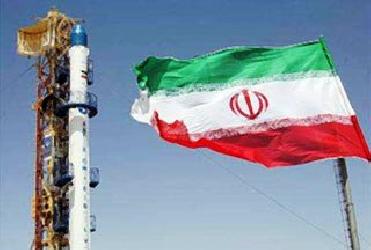 Previous Article
Previous Article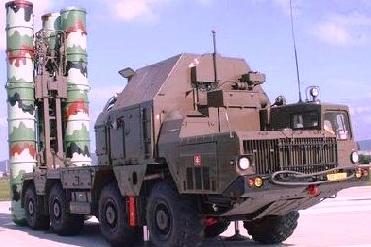 Next Article
Next Article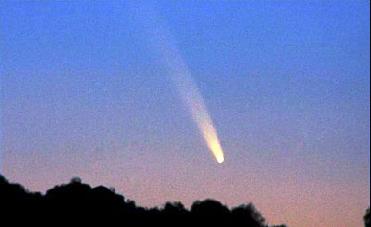
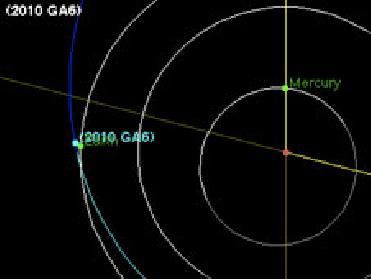
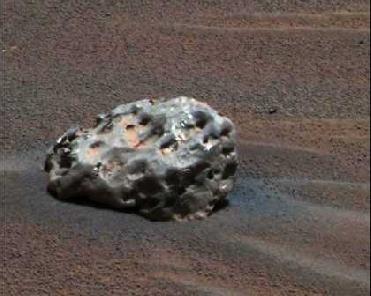
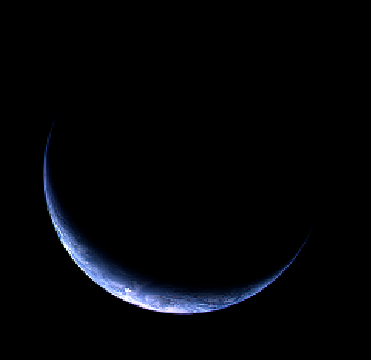










The Indian Air Force, in its flight trials evaluation report submitted before the Defence Ministry l..
view articleAn insight into the Medium Multi-Role Combat Aircraft competition...
view articleSky enthusiasts can now spot the International Space Station (ISS) commanded by Indian-American astr..
view article